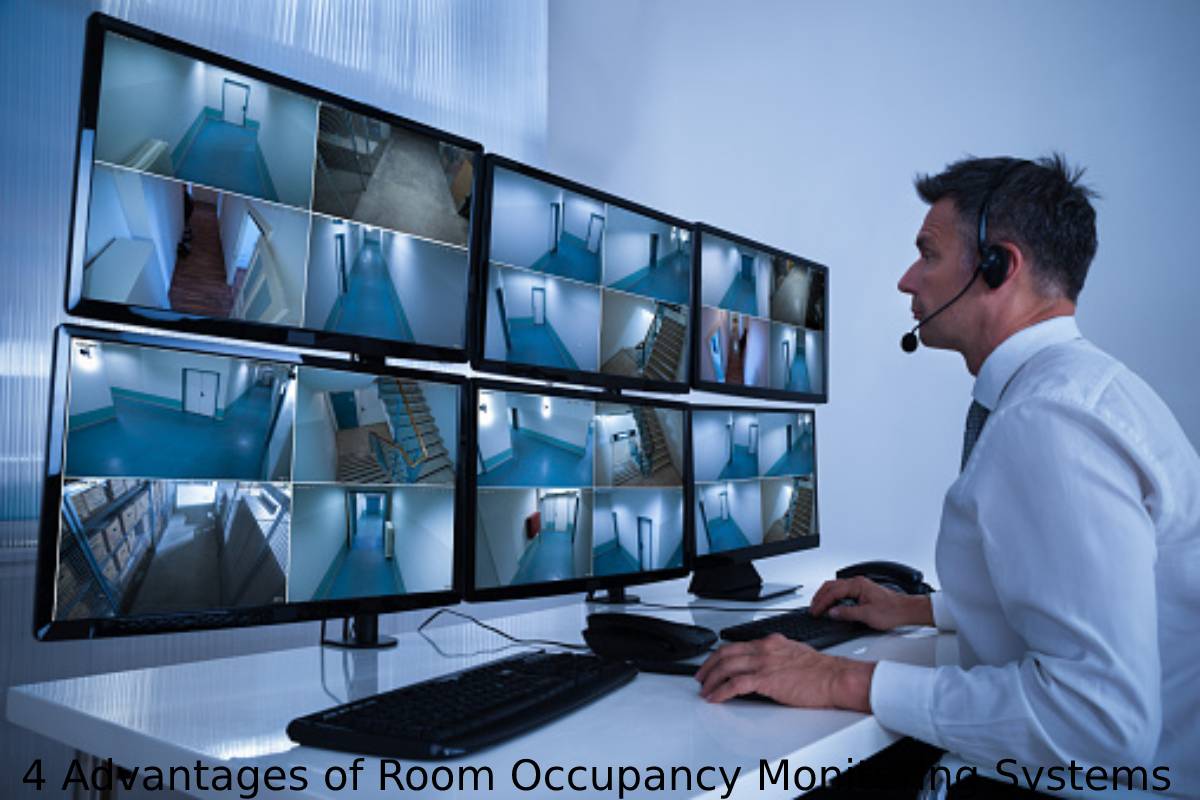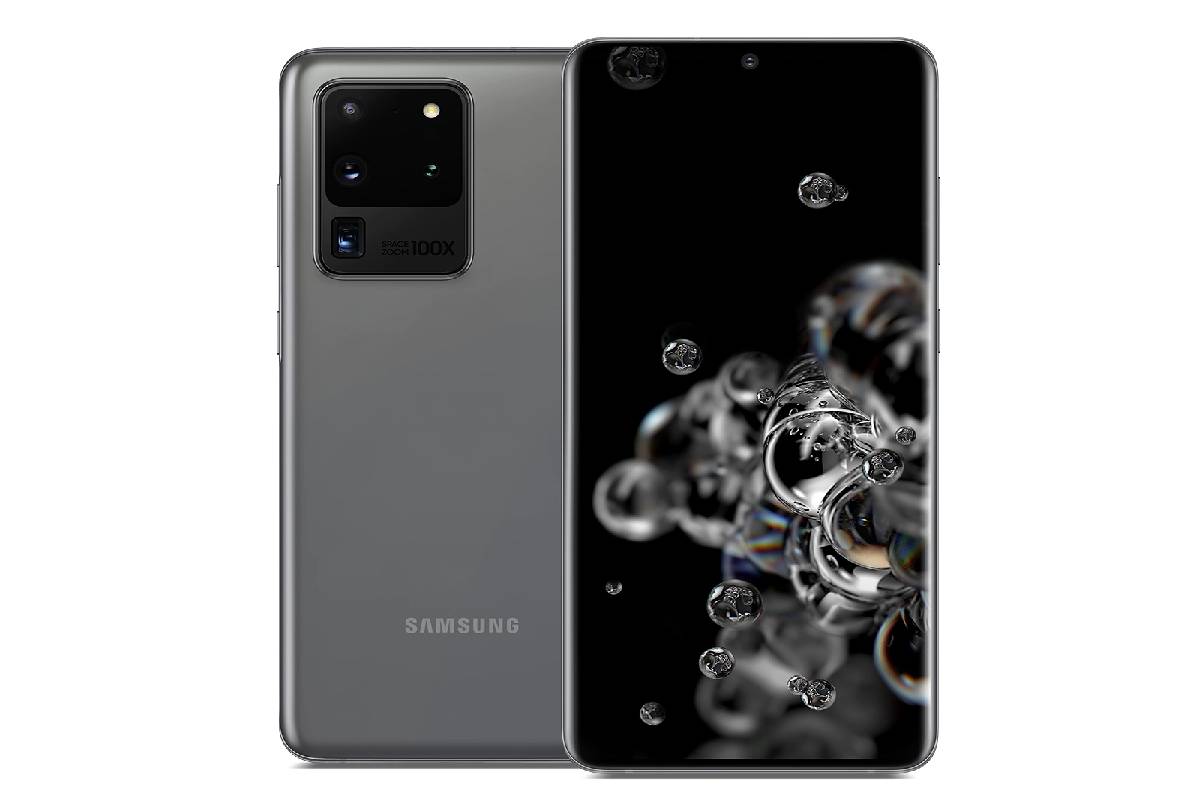Occupancy monitoring systems are becoming more and more popular in businesses and organizations around the world. But what are they, and why are they so useful?
When you’re running a business, it’s important to make sure that you’re making the most of every square foot of space. That’s why occupancy monitoring systems are becoming increasingly popular. They allow you to track occupancy levels in real-time, so you can optimize your space and make the most of your resources.
In times of Covid-19, occupancy monitoring systems have become even more important. Businesses need to be able to quickly adapt to changing occupancy levels and ensure that social distancing guidelines are being followed.
With that being said, we will discuss four advantages of occupancy monitoring systems that will help convince you to invest in one for your business.
Table of Contents
What are occupancy monitoring systems?
An occupancy monitoring system is a technology that helps you track the number of people in a given space. It does this by using sensors to count the number of people who enter and exit a room or area.
The data collected by occupancy sensors can be used to improve space utilization, reduce energy consumption, and improve safety.
Some occupancy monitoring systems use infrared sensor arrays to detect body heat. Others use ultrasonic waves or radio frequency identification (RFID) tags. The most advanced systems use a combination of these technologies to achieve accurate occupancy counts.
Above all, occupancy monitoring systems help you make data-driven decisions about your space.
What are the advantages of room occupancy monitoring systems?
There are four main advantages of occupancy monitoring systems:
Occupancy monitoring systems can improve safety and security in the workplace
One of the most important advantages of occupancy monitoring systems is that they can help improve safety and security in the workplace. By tracking the number of people in a space, you can quickly identify areas that are overcrowded or at capacity. This information can be used to redirect traffic flow, reduce congestion, and prevent accidents.
In the event of an emergency, occupancy data can also be used to evacuate buildings quickly and safely. By knowing how many people are in a space and where they are located, you can ensure that everyone is accounted for and evacuated in an orderly fashion.
Most importantly, occupancy monitoring systems can also help you maintain social distancing guidelines in the workplace. By tracking occupancy levels, you can quickly adapt your operations to changing occupancy levels and ensure that your employees are safe.
It can help in monitoring visitors’ behavior and the occupancy count in real-time
Another advantage of occupancy monitoring systems is that they can help you monitor visitors’ behavior in real-time. This information can be used to improve the flow of traffic, reduce congestion, and improve customer service.
For example, if you know that a certain area of your store is always congested, you can adjust your operations accordingly. You may decide to open another register in that area or add more staff to help with customer service.
Occupancy monitoring data can also be used to identify areas of your store that are underutilized. By redirecting traffic to these areas, you can improve your overall space utilization and make the most of your resources.
Moreover, you can understand the behavior of your customers and take necessary measures to improve their experience. For instance, you can use occupancy data to identify peak times and adjust your staffing accordingly. Also, if you see that a certain area is not being used, you can make changes to your layout or operations to encourage customers to use it.
Occupancy monitoring systems can be beneficial for increasing productivity in the workplace
A robust occupancy monitoring system can be beneficial for increasing productivity in the workplace. As the traditional workplace culture is changing, more and more companies are adopting flexible work policies.
Under these policies, employees are not tied to their desks and can work from anywhere in the office. This flexibility can help increase productivity by allowing employees to work in locations that are best suited for their tasks.
An occupancy monitoring system can be used to identify underutilized areas of the office and encourage employees to use them. By redirecting traffic to these areas, you can improve your space utilization and encourage collaboration among employees.
In addition, occupancy data can be used to identify peak times and adjust your operations accordingly. For instance, you may decide to open more meeting rooms during peak times or add more staff to support increased activity.
Overall, an occupancy monitoring system can help you make better use of your resources and increase productivity in the workplace.
This system can be helpful for attracting and retaining new talents
An occupancy monitoring system can also be helpful in attracting and retaining new talents. In today’s competitive job market, top talent is often looking for companies that offer a great work-life balance.
By tracking occupancy data, you can quickly adapt your operations to changing occupancy levels and ensure that your employees have the flexibility they need to maintain a healthy work-life balance.
This flexibility can help attract and retain top talent by offering a work environment that is best suited for their needs. In addition, it can also help improve employee satisfaction and morale. For example, if you see that your employees are not using a certain area of the office, you can investigate and make changes to improve their experience. That is, occupancy monitoring systems can help you create a workplace that is tailored to the needs of your employees.
The bottom line
Overall, occupancy monitoring systems can offer many benefits for businesses. From improving productivity to attracting and retaining top talent, occupancy monitoring systems can help you make the most of your resources and create a workplace that is tailored to the needs of your employees. If you are considering implementing an occupancy monitoring system in your business, consider these four advantages.




